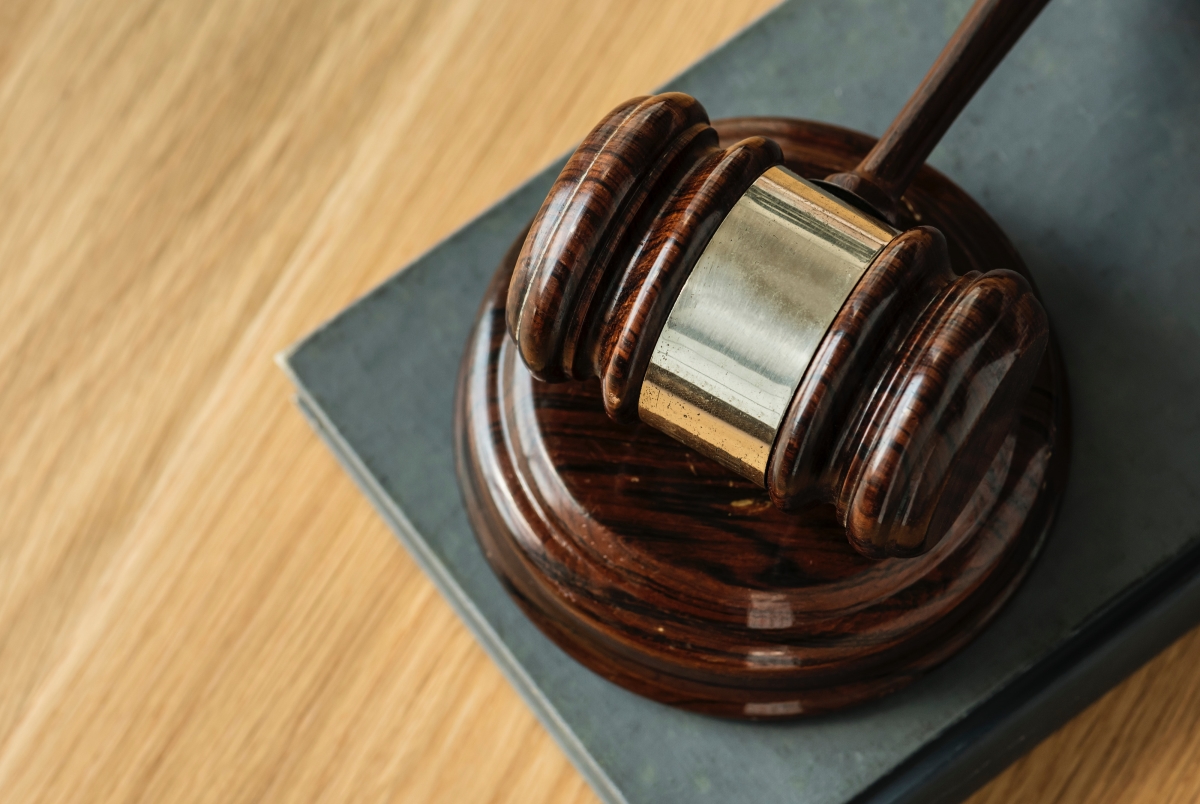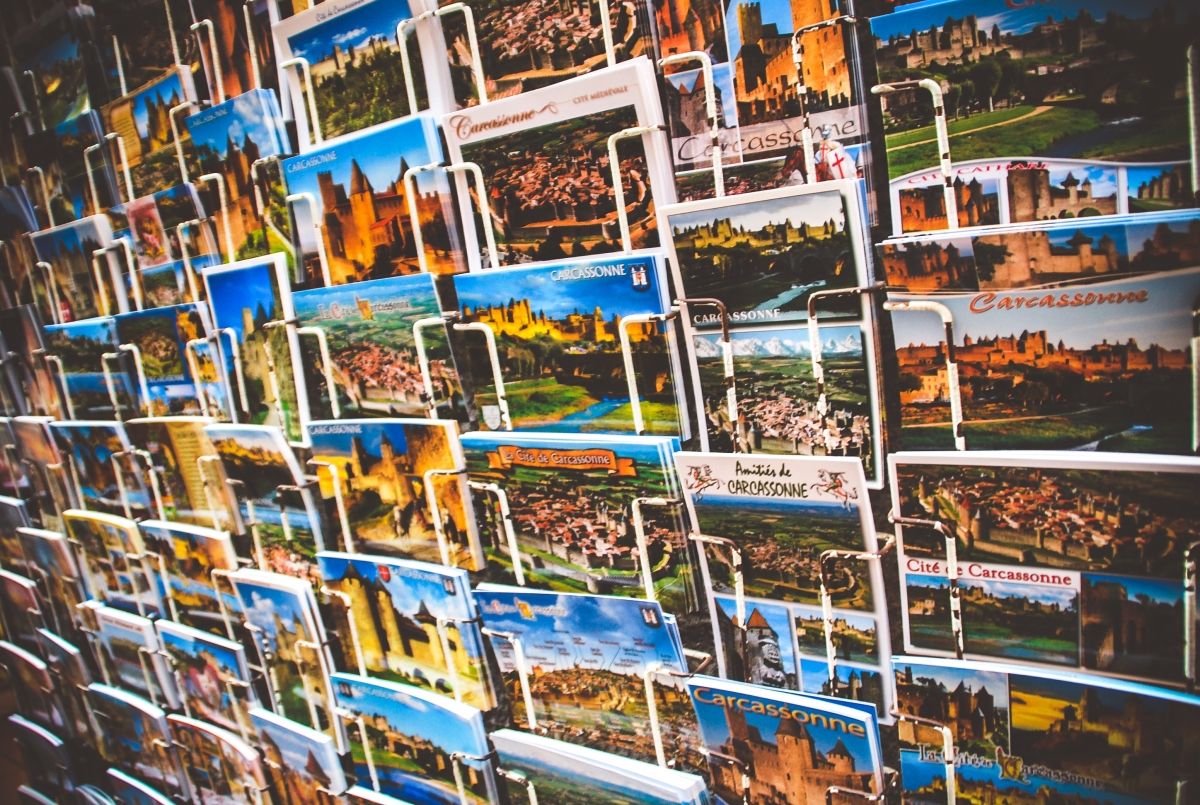Any content creator knows the value of images, as they are able to transform any writing and revive the content, taking it to the next level. Pictures can be used by any websites of product, service or entertainment because they are all involved in the content creation process. As studies show, people remember only 10% of the information once 3 days have passed. However, if you add a relevant image to your material, people will remember 65% of it.
Another research shows that content with relevant and eye-catching images get about 94% more views. So images are capable of transforming your content and increase the engagement levels. We will talk about how you can leverage data scraping technology for having a better image database at your disposal.
Images are indeed a very important aspect of any content, but they won’t bring value if not used properly. They can substantially enhance the worth of your content, but they can also make the reader disregard your writing and miss the main point. The internet is now full of such an overwhelming amount of images that it can get pretty hard to find a good image that matches your content needs. This is where image scraping comes handy, as it can help you scan the internet and find the exact type and style of the photo you need.
How Images Upscale Your Content
Image acquisition is a very underrated and under talked subject. Any industry expert will ensure you that images are essential to the success of your content. You can always order data harvesting service from a web scraping company to ease your process of image searching. A well-chosen image will substantially improve the engagement levels of your content. Consider the following benefits:
- Images bring your website to life, creating a better emotional attachment to your business. This is true for both product and service e-commerce companies.
- Images increase your chances to appear in search engines. There are many SEO benefits of using images in the content. Your content will have the opportunity to be more discoverable if you properly label the images with appropriate search-friendly metadata and captions. In fact, according to the results of a survey, about 60% of consumers are more likely to consider or contact a business that displays images in the search results.
- If you want to be successful on social media, then images must be an important component of your everyday content creation process. Images help you get more attention and be consistent with your brand image. But don’t forget about the relevance of the images you post.
- Images help your audience better remember the main message your content conveys. You need to use such images that will enhance the main message you want to pass. By using a good image that is relevant to your content, you ensure that the reader will remember you and the value you just provided in your content.
- Last but not least, any content with an image will always get more views. Think about yourself, your first evaluation of any content is visual. If you see a beautiful high-quality cover picture, you are more likely to get engaged.
Image scraping will quench your thirst for lack of content. Having a good image data can help you get an idea of content trends and become more competitive. Also, you can use big databases of photos to get images in bulk. For example, you can use bulk images to create albums for your articles or news report, as such materials require to have a lot of images.
Now that you know why you need images in your materials and how they can transform your content to be several times more likable and attractive, let’s proceed to the main question: how to find a relevant picture?
The Process of Image Scraping
It’s one thing to use a good image to improve your content, but a completely different thing to find that one image. Considering how overloaded the web is today, it can be very hard to find a picture that would perfectly fit your content. Using image databases to get big chunks of data at once can be one an option. It is an easier way to image scraping, as there are other methods that would require special skills in programming.
If you want to store the content locally in a proper manner, you need to know the type of media. But it’s not enough to trust the file extension in the URL. You need to have a common understanding of programming and coding basics to understand and do all of this. So it’s fine if you’re feeling a bit confused at this point. That’s why image scraping can sometimes be quite a burden for someone who has no knowledge in the field whatsoever.
If you want to go with the easier way, then you should try image scraping on websites like Freepik, Google Images, Creative Commons (CC), and Flickr. These websites are image search engines that can do a great job for image scraping. However, there is one critical issue involved in their usage and that is the legality. We discuss the legal terms of image scraping and data harvesting next.
The Legality of Image Scraping
The internet has become a tricky place, where the potential of a legal violation is following you at every activity. Images represent a very special part of the legal part. Images are always subject to copyright. Image scraping leaves you with bulk image data, so you can look through and choose the one you like. However, you have to always make sure that you check the initial source and provide credits to the author. This is especially true for the search engines mentioned before, as most will show results regardless of the copyright status of the pictures.

Needless to say that the best practice to avoid legality issues with images is to always use your own pictures. But the problem is that creating your own image content is always a harder task to do. Image scraping is pretty time consuming, however, creating image content on your own is not a better option, especially when you’re doing it on a daily basis.
If you can’t use your own pictures then you are left with 3 main photo types: stock photos, royalty free photos, and public domain photos.
- Stock photos are high-quality photos available in a huge selection that you can filter, and choose the one that fits your content. Stock images have limited usage rights. If you want to use a stock image, you need to specify how you’re going to use it and do so for your mentioned purpose only. For example, if you plan to use a stock photo for an advertisement then you won’t be able to repurpose it and use on other pages of your website.
Other limitations of stock images include the duration of the use, location, and geographic distribution of the photo. Also, when purchasing a stock photo, the supplier limits the number of times the image can be sold, however, there’s still a risk that your competitor might use the same picture.
- Royalty free images are less troublesome and easier to use. They can be used several times for several projects and in different pages, without additional expenses. So they are also less expensive to use. Thereby, royalty free images are safer to use in legal terms. However, royalty free photos are easily sold to several people and don’t have resale restrictions like stock photos do. Hence, royalty images are widely used and there’s a bigger chance that you can find the same image you use on your website elsewhere on the web.
- Public domain photos are another type of no-attribution photos that don’t require any copyright linking. These images are as safe to use as your own photos. They have no rights reserved and no usage condition. You can freely use them, make changes, repurpose them and put wherever you want for no additional cost and attribution. Public domain images work best for blogs, however, their quality is not high enough to use them on professional websites. When it comes to image scraping, consider Pixabay, Public Domain Archive, and Clker for public domain images.
The Issues of In-House Image Scraping
The internet is currently stocked with an immense amount of data. In order to conduct an efficient scraping of that data, you must have a load of free time and some special skills. But if you decide to do image scraping on your own, consider some issues you might have to face:
- Technical issues – web scraping can result in many technical issues as the process requires a lot of technical skills that make the whole process harder to implement.
- Additional costs – when you finally realize the actual hardship of effective data harvesting, you will understand how much extra money you have to spend on the process. The additional cost associated with gathering a team which will work on data scraping or hiring a person who’ll try to deal with all of the work is huge. Yet, the final results are not guaranteed to be satisfying.
- Legality – the topic of image legality is especially important to consider. No matter how hard you try to stay within the legal framework, failing to do so will result in serious violations.
- Time inefficiency – when you have to deal with daily content creation, your time is the most precious thing to you. Most definitely, you don’t want to spend hours in front of your computer in the hope to find a good picture. It is very time-consuming and tiring.
Web Scraping Service: Your Best Option For Efficient Image Scraping
There are many ways you can do image scraping in-house, however, the most reliable option is to order the service from a web scraping company. Although there are alternative ways, they won’t be as effective as ordering the data from a company that does web harvesting and data crawling in a professional manner.
A web scraping company will work in a consistent manner, and extract and deliver data per your request. Also, it’s always better to outsource image scraping to a web scraping service, as people who work for such companies know all the laws pretty well. Working with a web scraping company will put an end to all of your concerns regarding the copyright and legality of the images. It is much more efficient and productive to analyze data that is fully legal to use.
Outsourcing image scraping to a web scraping service has many other benefits too. Service providers know their job and they can scrape and harvest any specific information you need. When it comes to images, you can name any industry or topic, and get all the image data you want and need.


